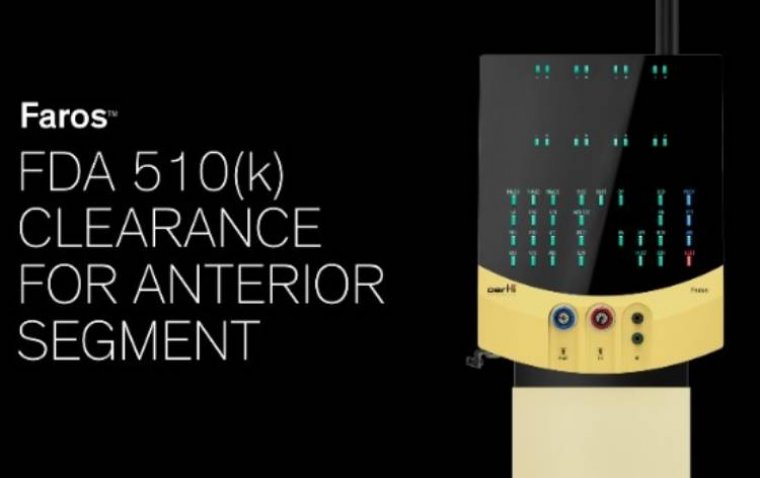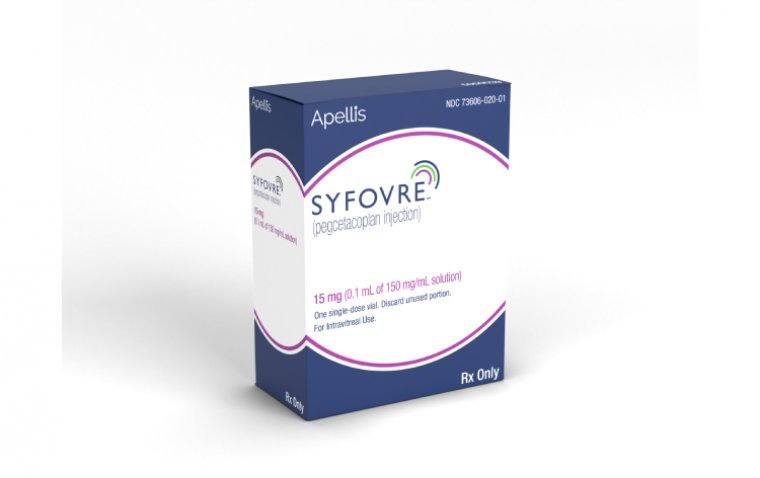
Scientists' Gene Therapy for Retinitis Pigmentosa Shows Promise in Early Testing
People with retinitis pigmentosa typically experience changes in their vision during childhood or early adulthood. The condition commonly results in a decline in both peripheral and night vision, ultimately leading to blindness in the majority of cases.
A team of researchers from the University of Florida College of Medicine has developed a gene therapy that has successfully worked in three different animal models.
The researchers utilized this therapy in mice by targeting malfunctioning genetic material that affects the light-sensing photoreceptors in the retina, both knocking down and replacing it. They achieved this by using an engineered virus that delivered a functional copy of the gene to the eyes. Over the course of a nine-month experiment, the therapy resulted in improved retinal structure and function. These findings were recently published in the journal Vision Research.
Alfred S. Lewin, Ph.D., a professor emeritus in the department of molecular genetics and microbiology at the University of Florida's College of Medicine, which is part of the university's academic health center, stated that the findings are significant because they demonstrate that the therapy is effective in various species.
This is a critical step in advancing the therapy to human clinical trials. The therapy is designed to address specific mutations in the gene for rhodopsin, a protein essential to the eye's light-sensing system. According to Lewin, the therapy should be effective for the over 100 known rhodopsin mutations.
“The objective was to confirm that this therapy, which was tested previously in other animals, works in a different species with a different mutation. We also wanted to show that the therapy could have benefit after retinal degeneration has already started,” Lewin said.
.jpg)
The researchers found that the gene therapy provided a definitive response in both animal models. After a nine-month experiment, the mice that were treated with the therapy retained half of their retinal thickness, which is a significant measure for preserving photoreceptors. In contrast, the untreated mice experienced a loss of 40% of their retinal thickness in just one month and half of their photoreceptors in three months.
Alfred S. Lewin, Ph.D., stated that these results provide researchers with reason to believe that the therapy could be effective in the long term for humans. Retinitis pigmentosa is a genetically inherited disorder that typically affects individuals in their first or second decade of life, affecting one in every 5,000 people worldwide, according to the National Institutes of Health. There are no approved treatments or cure for this condition.
“Our ultimate goal would be to treat patients as early as we can — even before vision is lost — and while they can still learn to read and recognize the world around them,” Lewin said.
During the experiments, the researchers made an unexpected discovery that treating one eye with the gene therapy resulted in the delivery of some beneficial DNA to the untreated eye, although at lower levels than the treated eye. In mice that received the therapeutic virus, photoreceptor survival improved in both eyes at all ages.
Chulbul M. Ahmed, Ph.D., a research assistant professor in the department of molecular genetics and microbiology and a co-author of the paper, stated that the researchers are encouraged by the bilateral benefit, even though the mechanisms behind how an untreated eye benefits from treatment in a companion eye are not yet fully understood.
“You don’t necessarily have to treat both eyes. With treatment in one eye, the counterpart eye appears to get some benefit from that,” Ahmed said.
The research conducted in mice has shown that the gene therapy can be effective even in cases where retinitis pigmentosa has already developed.
“We wanted to see if we could treat an animal-model patient where degeneration had begun. In fact, we did get benefits in both eyes, even after the disease had already started,” Lewin said.
Alfred S. Lewin, Ph.D., stated that the researchers will proceed with determining the minimum effective dose in specific preclinical models. This will allow them to estimate a safe dose for human use, which is another crucial step before proceeding to clinical trials.
(1).jpg)










